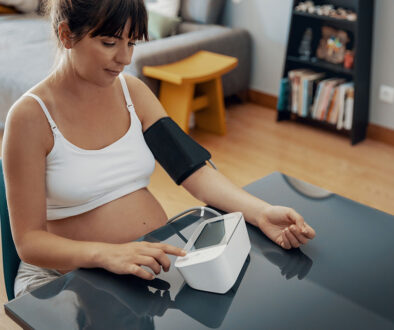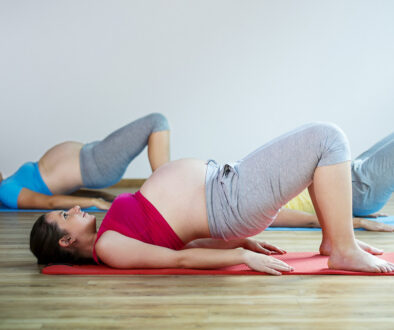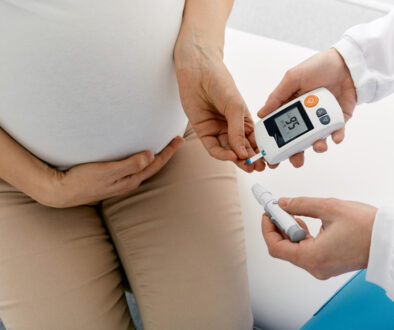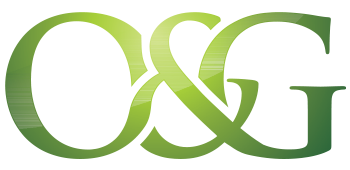Nipple Irritation by Cathy True, RN, IBCLC
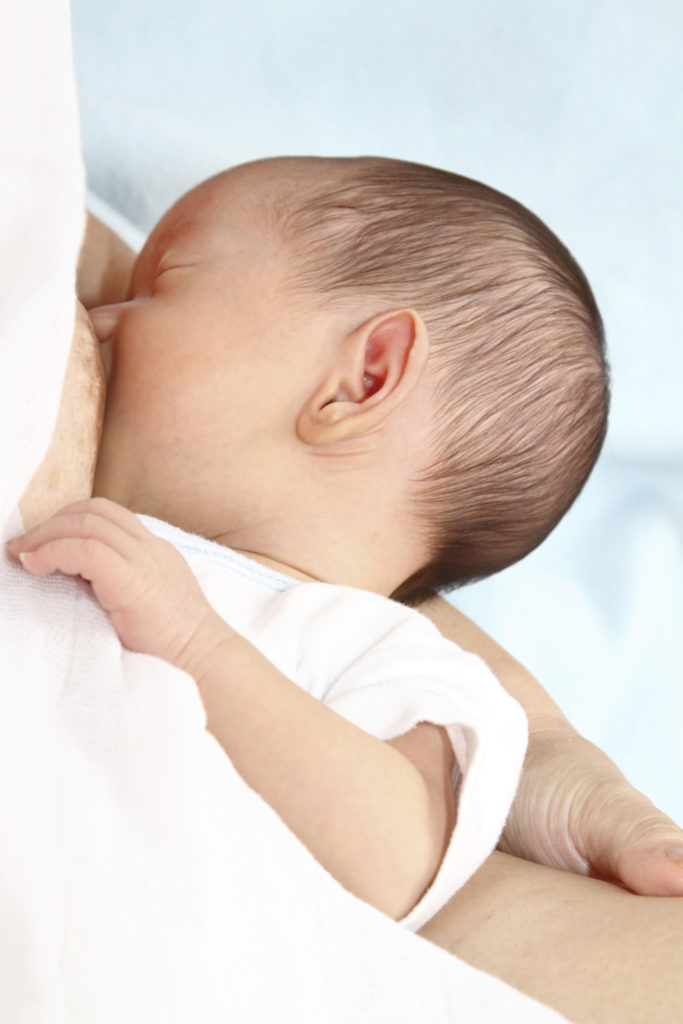
Many women experience nipple irritation when they begin breastfeeding. Family and friends may tell new moms that breastfeeding is supposed to hurt and that you have to “toughen the nipples up.” Although these individuals are trying to reassure the new mom, and are well intentioned, this could not be further from the truth! In the past women were also advised to “rough up their nipples with a washcloth “ while pregnant to prepare their nipples for breastfeeding. We now know that this is not advisable.
Nipples that are red, raw, blistered, cracked or bleeding can usually be avoided by ensuring that the baby is latched on correctly. Latching a newborn on correctly takes a little practice in the beginning. When an infant is latched properly, it should feel like a gentle tug and nothing more. Many women that are committed to breastfeeding their infant are willing to endure pain at the breast. While such determination is admirable, continuing with the pain can put moms at risk for other problems, which will be discussed, in another upcoming article.
Another less common cause of nipple irritation can be related to the baby’s tongue movements. If it has been ruled out that a bad latch is the cause for the irritation, this issue should be examined by a lactation consultant or pediatrician.
What to do if you already have sore nipples? Nature provides the perfect remedy, and it’s both free and readily available. Learn to hand express your breast milk and apply it to the nipples. What is good for the baby is good for the nipples. Breast milk has bactericidal and anti-inflammatory properties and can soothe and speed healing.
An application of purified lanolin (Lansinoh is one such product) is great for nipple dryness. Beware of using lanolin if you are allergic to wool or lanolin as it could amplify the irritation.
Many women like to use gel pads because they soothe the damaged nipples. These are fine, but do not speed up healing. The gel pads are more of a comfort measure. If you choose to use them, be sure to leave your nipples open to air some of the time. Leaving gel pads on continuously could potentially increase chances of developing a yeast growth around the nipple area.
Finally, sometimes nursing pads can be a source of irritation. Be sure to use either washable or disposable nursing pads. Nursing pads that are less permeable to air could increase your chances of developing nipple irritation. Change the nursing pads often so that your nipples will be able to stay dry as much as possible.

